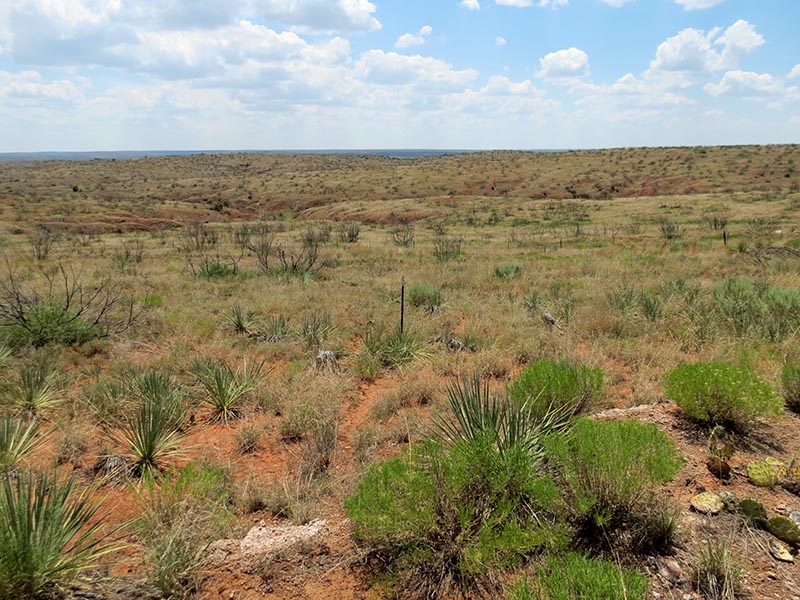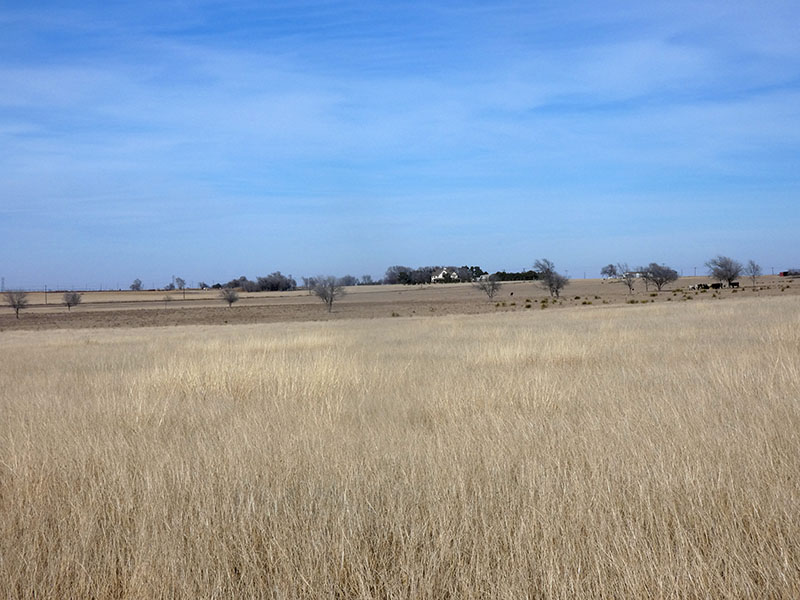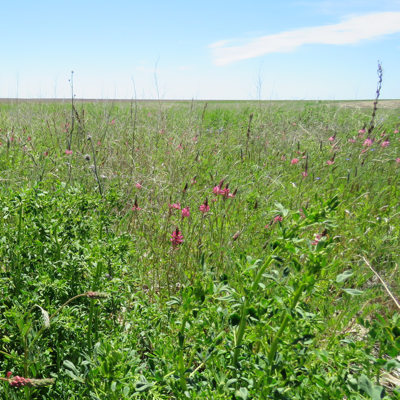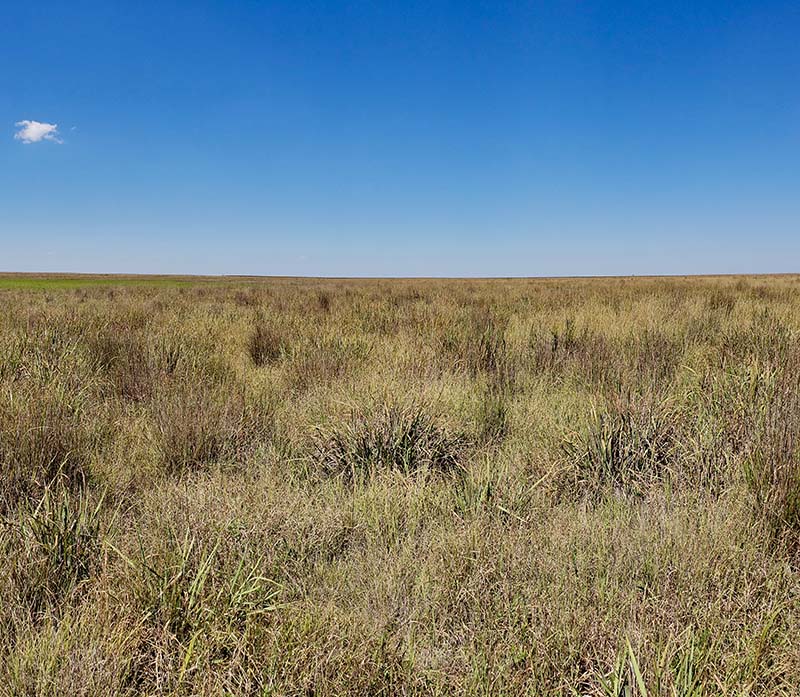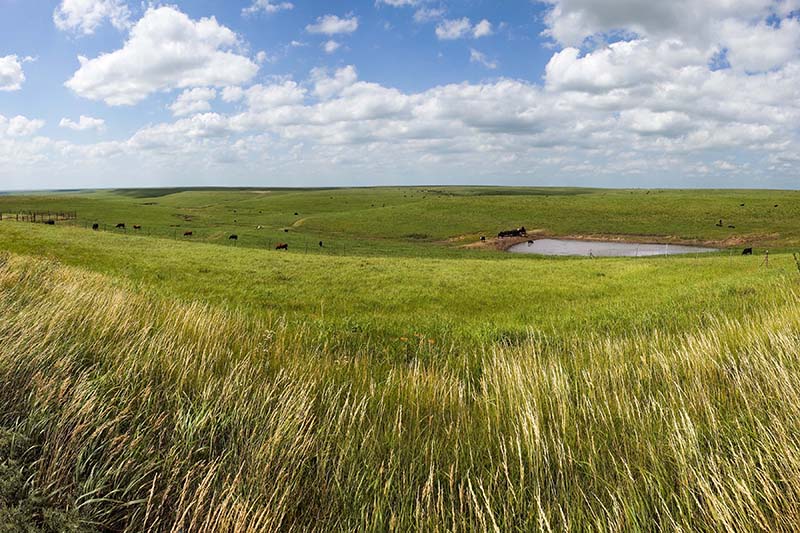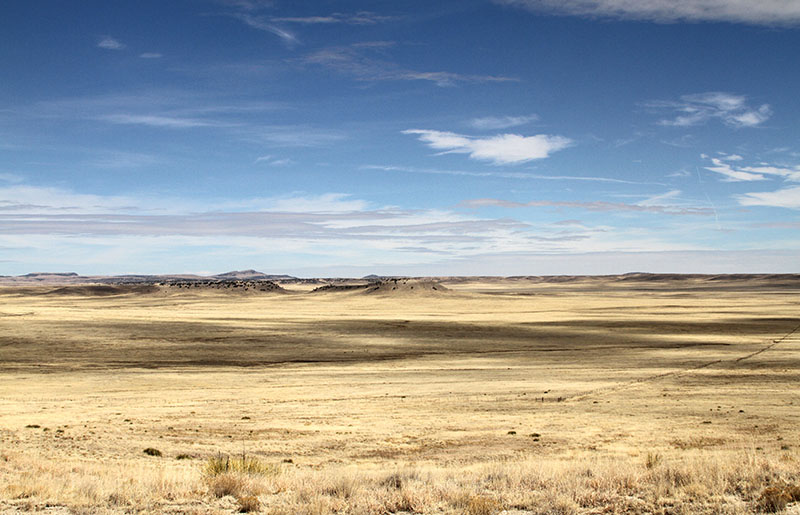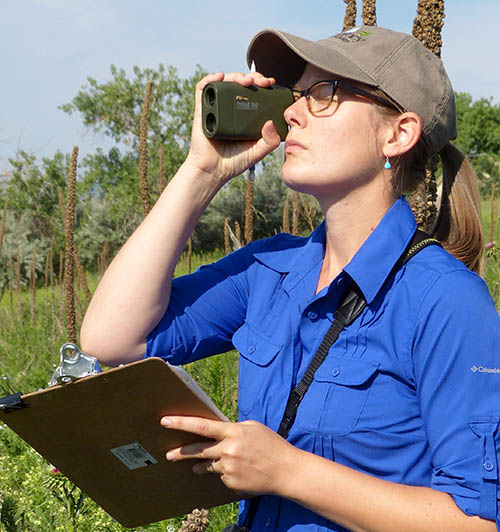In their 1994 book, Prairie Conservation in North America, Samson and Knopf said, “Grassland bird populations are experiencing some of the most consistent and long-term declines of any bird guild in North America.” At the time they were relying on the first 25-year trends published using Breeding Bird Survey data. Nearly 30 years later, that alarming trend has continued with many grassland species losing more than 90% of their populations, entering into a status of critical concern, and justifying listing under the Endangered Species Act.
We believe new landscape-level solutions, that are driven by socially relevant themes, need to be brought to bear on this on-going challenge. PLJV is currently working with a number of large partnerships that are focused on grassland conservation including NRCS Great Plains Grasslands Initiative for Kansas and Nebraska, Working Lands for Wildlife Great Plains Conservation, National Fish and Wildlife Foundation Southern Plains Grassland Program, Central Grasslands Roadmap, and JV8 Central Grasslands Conservation Initiative.
As a regional organization, our contribution to these conservation efforts include the following key strategies to support our grassland habitat goals.
Address the Threat of Woody Plant Encroachment
According to published data about woody plant encroachment, the average rate of invasion in the PLJV region is 2% per year — that’s 1.1 million acres, every year. Based on this trend, grasslands in the Great Plains will continue to get woodier, with mesquite invading to the south and west, and eastern redcedar invading further north and east.
If management of invasive woody plants can stay even with the encroachment rate, that would provide 1.1 million acres of restored grassland habitat annually. Based on our data, those acres could support as many as 300,000 Cassin’s Sparrows, 270,000 Lark Buntings, and 75,000 Eastern Meadowlarks.
When woody plants invade grassland ecosystems, not only is the physical and biological character of the landscape altered, but it also has an economic impact on agricultural producers. By working with ranchers to control invasive woody plants, the PLJV partnership can help create high quality bird habitat, while maintaining grazing lands and protecting it from more frequent and intense wildfires. One of the ways we do that is by providing science-based information and tools to help partners target where to work and evaluating bird response to various treatments, as well as conducting social science to understand how people think about and manage woody plant encroachment.
To view and analyze vegetation data and see where woody plants are encroaching into grasslands, use the Rangeland Analysis Platform online tool.
Enhance Benefits of CRP Lands
The Conservation Reserve Program (CRP) supports significant, landscape-scale grassland conservation within the PLJV region, with approximately 6.9 million acres currently enrolled. This is nearly one-third of the total CRP acres nationwide. These CRP lands provide important habitat for a suite of grassland birds. For example, over half of the Lesser Prairie-Chicken population depends on CRP for meeting its life cycle needs.
While the types of vegetative cover established on these lands, and how the land is managed, varies greatly with each state having its own seeding specifications and required management activities, CRP lands can make meaningful contributions to declining grassland bird populations in the PLJV region. A recent study found that CRP lands promote greater biodiversity for grassland birds and higher population densities for several species of grassland birds compared to row crop agricultural lands. However, replanting former cropland back to grassland through CRP doesn’t recover the full suite of grassland birds present in native, undisturbed prairies; therefore, CRP is only one of our conservation strategies — but an important one.
By collaborating with USDA and other conservation partners, we can help CRP lands fully benefit grassland birds while enrolled and after the contract expires. We achieve this by determining where on the landscape CRP provides important benefits, evaluating bird response to CRP management, and exploring producers’ attitudes about the program and what they do with the land when the contract expires.
Social science research on retention and stewardship has already identified several opportunities for the PLJV partnership such as developing communications and outreach to landowners about options for using expired CRP lands, identifying capacity needs for technical assistance on the management of those lands, and finding resources and infrastructure needed to help producers transition from CRP to sustainable grazing while fields are still enrolled in the program.
Build Capacity for Grassland Protection
Through the PLJV ConocoPhillips Land Trust Program, we award multi-year grants to help build capacity for organizations working to conserve undisturbed grassland habitat through conservation easements. Our objective is for 5% of undisturbed grasslands within our region to be protected from development, with the vast majority remaining as working lands.
We think of capacity grants as venture capital to develop new and innovative approaches to habitat conservation. While these grants are ideal for developing organizations, they also help larger organizations launch innovative programs resulting in sustained long-term conservation efforts.
The program has the ambitious goal of achieving 175,000 acres per year of voluntary land protection, which is needed if we are to protect 5% of our region in the next 15 years. This program, via its focus on establishing a collaborative partnership of agricultural land trusts, creates a win-win for producers and wildlife, keeping ranchers on the land where they can manage for wildlife and ecosystem services while contributing to future food security.
Evaluate Bird Response to Habitat Changes
Evaluating bird population response to habitat changes is critical for demonstrating how conservation work influences populations of declining grassland birds and targeting future efforts. PLJV uses a partnership-driven, bird habitat evaluation program, called Integrated Monitoring in Bird Conservation Regions (IMBCR), to evaluate conservation actions resulting in habitat changes and support proactive, targeted conservation actions such as those discussed above.
The IMBCR for PLJV program informs efficient targeting and evaluation of our conservation efforts by providing data on the bird species of concern and their relationship to the landscape. Bird data are collected across the region using point counts arrayed within one square kilometer grids, which are then analyzed to inform our grassland conservation work.
Learn more about how we use bird data to inform conservation.



